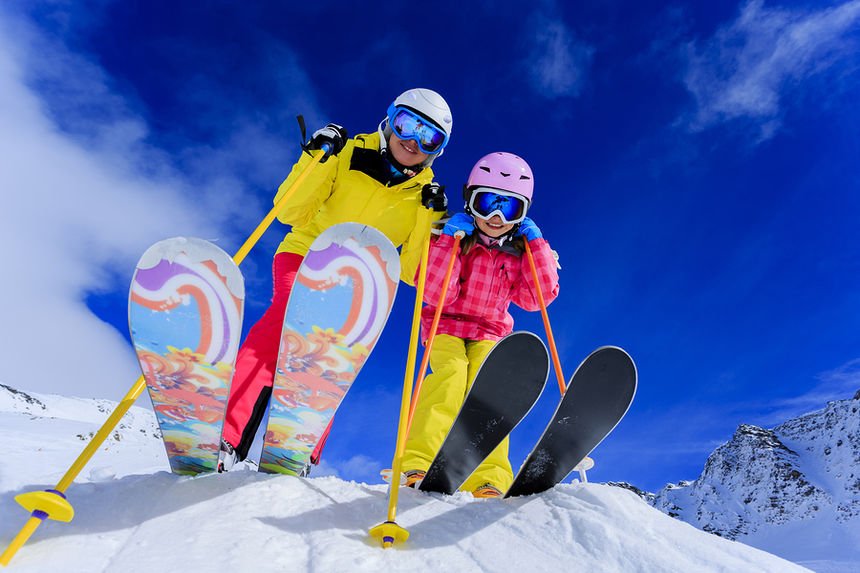Snowmobiling, snowboarding or skiing are all thrilling ways to enjoy winter. With this adrenaline rush, comes the responsibility to stay safe. Snow riding is dangerous because of the cold, unpredictable terrain. It also involves high speeds. Understanding and implementing safety precautions is important, whether you are a novice or an experienced rider. This article will provide you with essential tips that will make your experience on the slopes both thrilling and safe.
Preparation is important
Preparation is essential before you set foot on the slopes. It is important to prepare yourself by exercising, wearing the right clothing, and becoming familiar with the terrain and weather. Maintaining a good level of fitness can help you to handle the physical demands of the sport. Wearing clothing that is both warm and waterproof while still allowing you to move freely is equally important. Check weather forecasts and maps of the trails to stay informed about conditions that could affect your ride.
Understanding Your Gear
Snow riding can be made or broken by the right equipment. Helmets should be worn at all times, to protect you from head injuries that are common during snow sports. You should make sure that your skis or snowboard are the correct size for you and your skill level. Also, they must be maintained properly. Quality boots and bindings are essential for support and control. Understanding your gear and keeping it in good condition will help you avoid accidents and improve your performance.
The role of training and experience
No matter how excited you are to hit those slopes, it is important that you invest time in your training. To learn about balance, safety, and control, beginners should take lessons with certified instructors. Even experienced riders will benefit from refresher classes to improve their skills and learn more techniques. Overconfidence can cause accidents. Never ride beyond your level of skill.
Assessment of the Environment
Snow-covered landscapes are both beautiful and challenging. Assess the slope conditions before you begin your ride. Snow quality can influence your speed and ability to control yourself. Fresh powder is easier to ride, but it can be harder for beginners to maneuver. Icy conditions also require more caution. Know the boundaries of your terrain and be aware of any hazards, such as trees, rocks and cliffs.
The Buddy System
Never ride alone. It is easy to use, but effective, the buddy system. A buddy will help you in an emergency situation, such as a fall, injury or getting lost. Keep an eye on your partner and communicate with them throughout the trip. Establish a meeting place for your group in the event that anyone becomes separated.
Staying Hydrated & Energized
The cold weather can mask your body’s dehydration signals. When you’re in the snow, it’s easy to overlook drinking water. But staying hydrated helps maintain energy and focus. Take snacks with you that will give you a quick boost of energy, such as energy bars or nuts, and make sure to take frequent breaks. Fatigue can cause poor decision making and increase the likelihood of an accident.
Navigation on the Slopes
Knowing how to navigate on the slopes is essential for your safety. Pay attention to signs indicating difficulty levels and hazards. Follow marked trails. When necessary, yield to other riders and look uphill when starting a new trail or merging with an existing one. You should also be aware of traffic flow on the slopes. Maintain a steady speed and avoid sudden braking that can cause accidents.
Avalanche Awareness
Avalanches can be a major risk when snow riding, particularly in the backcountry. Be familiar with signs of avalanches such as heavy snowfalls, rapid temperature fluctuations, and visible cracks on the snowpack. Carry avalanche equipment, such as a shovel, probe and beacon. Avoid riding in areas where there is a high risk of avalanche unless you have been trained and are equipped to handle the situation.
First Aid Basics
It is important to be prepared for accidents. You should always carry a first aid kit and be familiar with how to treat common injuries such as sprains and fractures. Snow riders should learn CPR, as well as how to identify the symptoms of hypothermia and frostbite. Knowing when to seek professional help in the event of serious injury is crucial.
Respecting the Environment
Snow riding responsibly means respecting the environment. Avoid disturbing wildlife and damage to the environment by sticking to designated trails. Pack out all your food wrappers, water bottles and other litter you may have brought in. You can help future skiers by preserving the beauty of the slopes.
Technology and its role
Snow riding has become safer and more fun thanks to technology. Riders can benefit from apps that offer real-time updates on the weather, GPS navigation and emergency contact information. Wearable tech like helmet impact sensors can improve safety by providing information on potential injuries and falls. But technology shouldn’t replace your judgement and skill on the slopes.
Snow Riding and the Mental Aspect
It is important to be mentally prepared as well as physically. Always be aware of what you are doing and where you are. Build your confidence by practicing and gaining experience. Don’t let your overconfidence cloud judgment. Respect nature and your limits.
conclusion
Safety should always come first. Snow riding can be a great way to enjoy the winter. You can reduce risks by preparing well, using the correct gear and being aware of your surroundings. Respecting the environment as well as your limits is the key to having a successful and safe ride. Gear up, be safe and have fun




